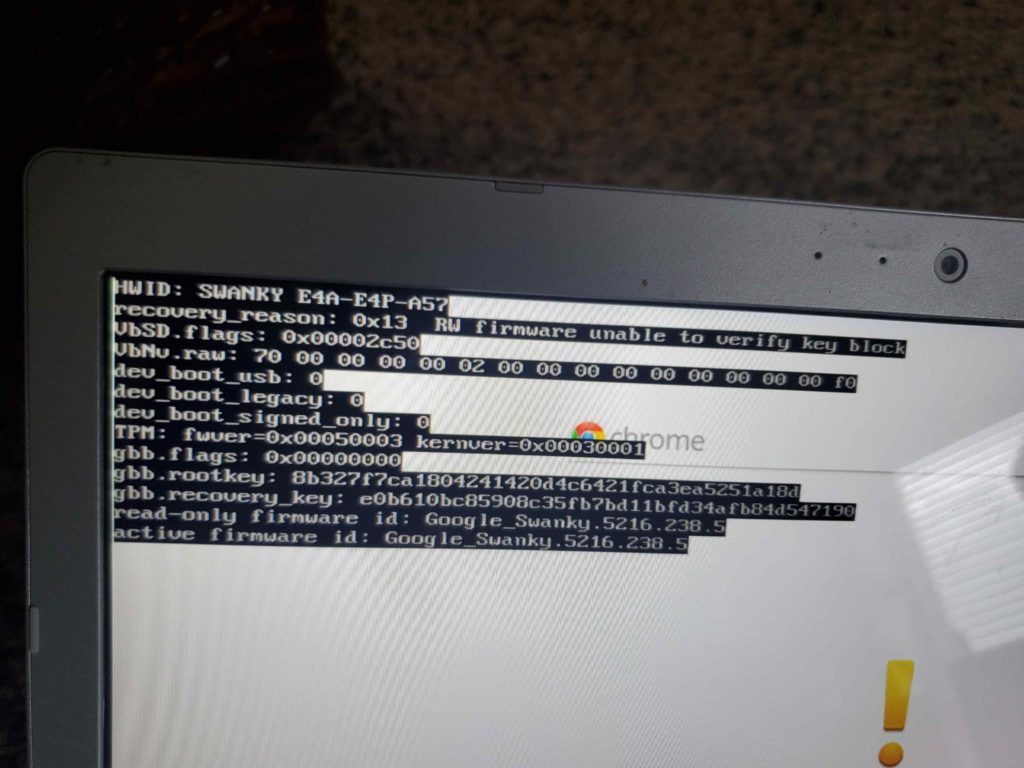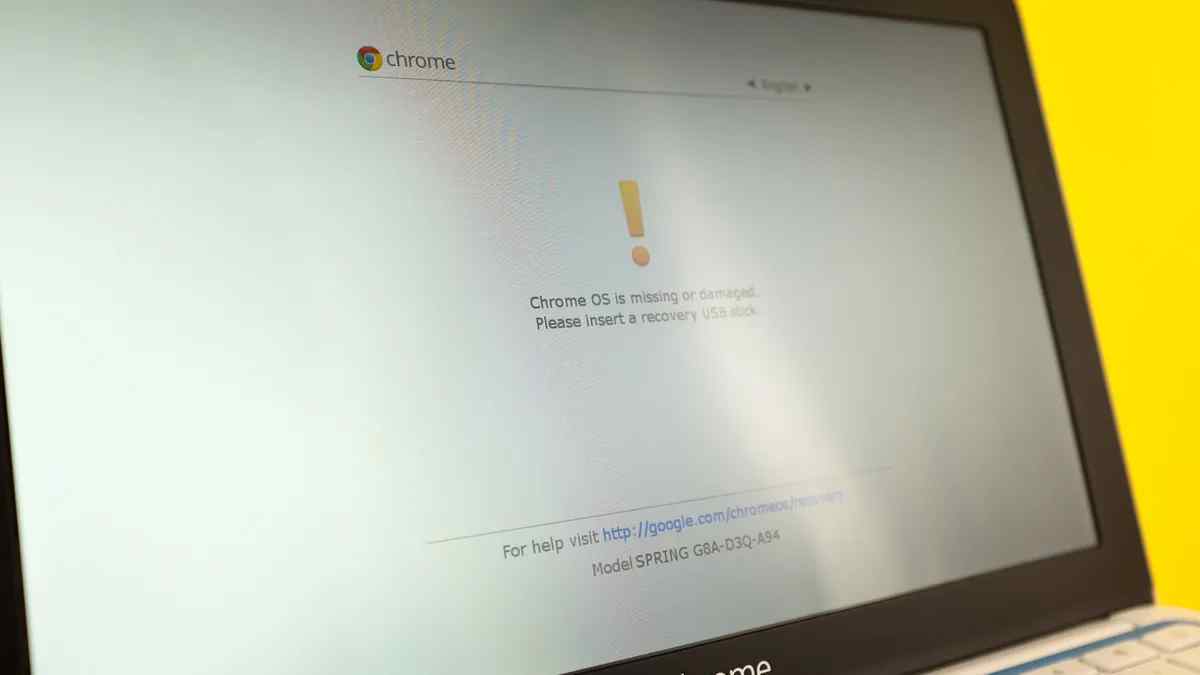Stuck in Chromebook limbo with Developer Mode blocked? The most common culprits are school or work administrators who’ve locked it down for security reasons. But don’t fret, there are workarounds!
From sneaky BIOS tweaks to handy tools, I’ve got the lowdown on how to reclaim your Chromebook’s full potential. So, if you’re ready to ditch those digital handcuffs, let’s dive in and explore the possibilities.
Why Might Developer Mode Be Blocked?
In spite of its potential benefits, developer mode on Chromebooks may be blocked for various reasons, primarily stemming from security concerns and administrative restrictions.
Developer mode disables certain system protections, making the device more vulnerable to malware and unauthorized access.
This is especially important for managed devices in educational or corporate settings, where the administrator may have intentionally restricted access to developer mode to maintain a secure environment.
Furthermore, some Chromebook models may not support entering developer mode owing to hardware or software limitations. Chromebook policies set by the organization can also prevent users from accessing developer mode features.
Frequent switching between normal and developer modes can lead to issues, causing the device to block access as a precautionary measure.
Potential Solutions for Enabling Developer Mode (If Not Hard-Blocked)
If you’re still determined to enable developer mode on your Chromebook, you have a few potential options to try.
You can use the Chromebook Recovery Utility to create a bootable USB drive and bypass the block.
If your device is enrolled in an enterprise management system, you might be able to remove the enrollment and regain control.
As a last resort, advanced users can attempt to remove the hardware write-protect screw, but this carries significant risks and should only be done with extreme caution.
Method 1: Chromebook Recovery Utility
Enabling your Chromebook’s full potential through developer mode can be achieved using the Chrome OS recovery utility, providing it’s not hard-blocked by your system administrator.
To access this method, you’ll need to boot your Chromebook into recovery mode. Once in recovery mode, press Ctrl + D to initiate the process of entering developer mode.
It’s important to note that enabling developer mode will erase all local data on your device, so make certain you’ve backed up any important files beforehand.
While developer mode offers advanced customization options, it also introduces potential security risks. Keep in mind that reverting from developer mode to the normal mode may require a complete system reset.
Carefully consider the implications and proceed with caution when investigating this powerful feature.
Method 2: Removing Enterprise Enrollment (If Applicable)
When faced with an enterprise-enrolled Chromebook that’s blocking developer mode access, you’ll need to jump through a few hoops to remove the enrollment and disclose the device’s full potential.
The first step is to contact the organization that enrolled the device and request they unenroll it. This process can restore developer mode access.
If that’s not possible, you may need to resort to a factory reset to completely remove the enterprise enrollment.
Keep in mind that reverting from developer mode to normal mode on an enterprise-enrolled device often requires a full system reset to re-apply the enterprise policies.
Before attempting any of these methods, verify you’ve backed up all important data to avoid losing vital files during the process.
Method 3: Hardware Write-Protect Screw Removal (Advanced Users Only)
For advanced users willing to accept the risks, removing the hardware write-protect screw on your Chromebook’s motherboard offers a potential workaround to bypass developer mode restrictions.
Nevertheless, it’s vital to understand that this method is intended solely for those with a thorough understanding of Chromebook hardware. Improperly removing the write-protect screw can lead to irreversible damage to your device.
The hardware write-protect screw is typically located on the motherboard and disabling it can make your Chromebook more vulnerable to security risks.
Notably, removing the screw may not guarantee the ability to enable developer mode, as the restriction could still be enforced by the device’s firmware.
Before attempting this method, make sure you have proper data backups and carefully consider the implications.
Can Enabling Developer Mode Harm My Chromebook?

Activating developer mode on your Chromebook can potentially introduce various risks and drawbacks that may compromise the device’s security and stability.
By enabling this mode, you’re in effect disabling many of the built-in security features that protect your Chromebook from malicious software and unauthorized access.
Moreover, developer mode can make your device more susceptible to hardware failures and system instability.
| Risks | Consequences | Mitigation |
|---|---|---|
| Malware infections | Data loss, privacy breaches | Regularly update antivirus software |
| Hardware failures | System crashes, data corruption | Perform frequent backups |
| Unauthorized access | Compromised accounts, identity theft | Use strong passwords and two-factor authentication |
Before enabling developer mode, carefully consider these potential risks and guarantee that you have the necessary knowledge and precautions in place to mitigate them.


















